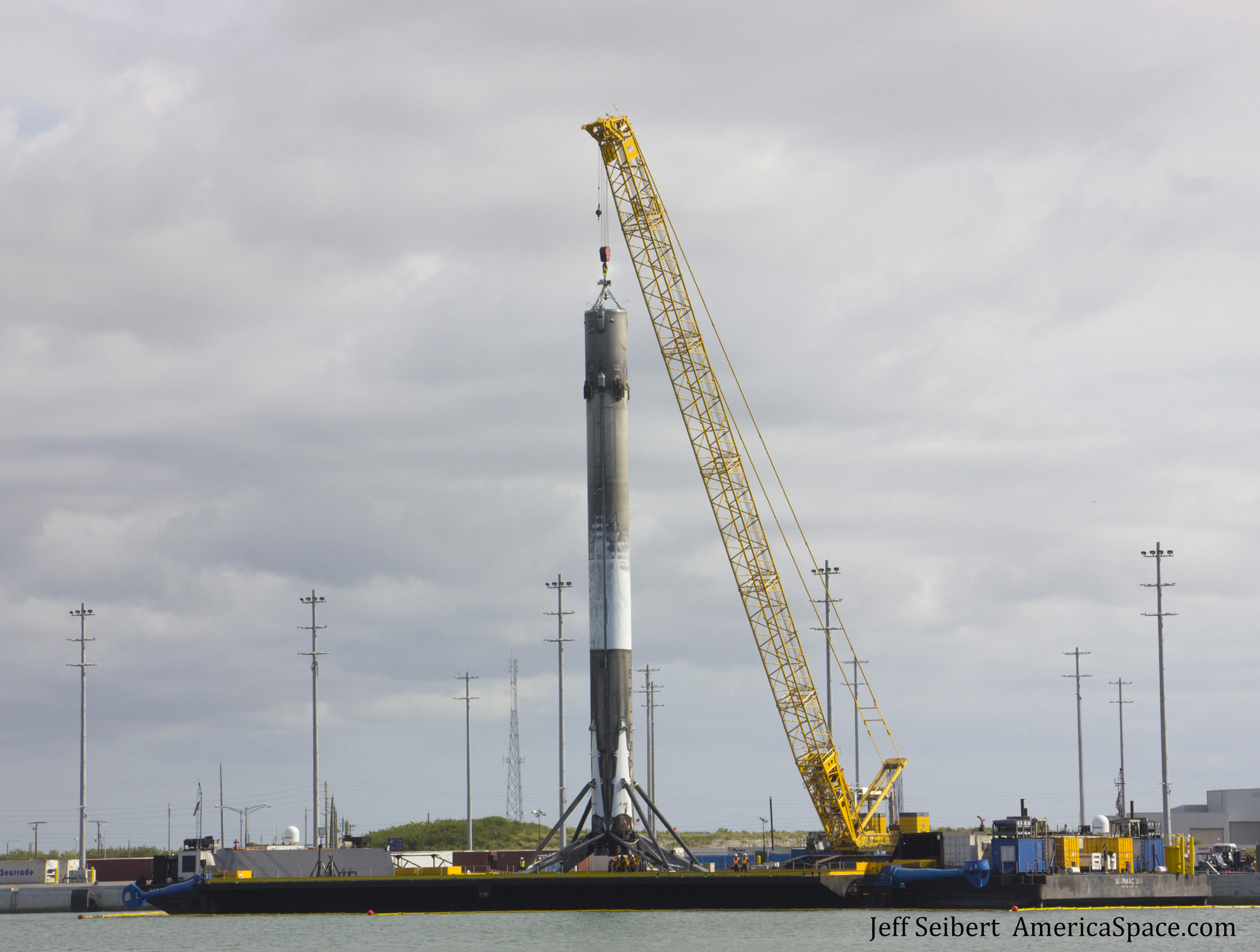
The recovered SpaceX first stage booster that nailed a spectacular middle-of-the-night touchdown at sea last week sailed back to Port Canaveral, Florida, late Monday and was transferred by crane on Tuesday from the drone ship to land – as seen in an amazing time-lapse video and photos, shown above and below and obtained by Universe Today.
The exquisite up close time-lapse sequence shows technicians carefully hoisting the 15-story-tall spent booster from the drone ship barge onto a work pedestal on land some 12 hours after arriving back in port.
The time-lapse imagery (below) of the booster’s removal from the drone ship was captured by my space photographer friend Jeff Seibert on Tuesday, May 10.
Video Caption: 20X time-lapse of the first stage booster from the SpaceX JCSAT-14 launch being transferred on May 10, 2016 from the autonomous drone ship “Of Course I Still Love You” (OCISLY) to a work pedestal on land 12 hours after arriving at the dock. Credit: Jeff Seibert
Towards the end of the video there is a rather humorous view of the technicians climbing in unison to the bottom of the hoisted Falcon.
“I particularly like the choreographed ascent by the crew to the base of the Falcon 9 near the end of the move video,” Seibert told Universe Today.
The move took place from 11:55 AM until 12:05 PM, Seibert said.
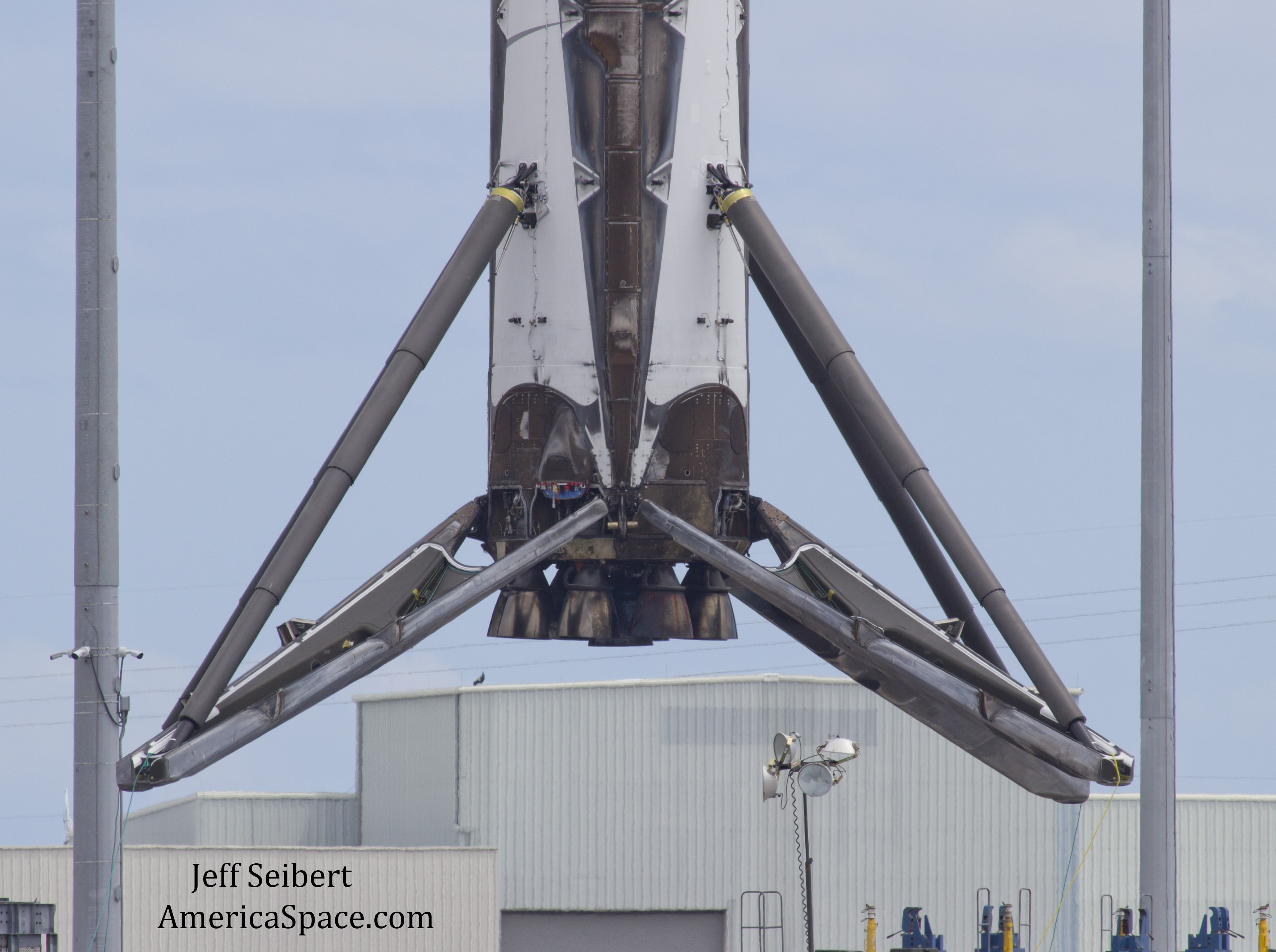
The booster was towed into the space coast port around 11 p.m. Monday night, as seen in further up close images captured by my space photographer friend Julian Leek.
Leek also managed to capture a stunningly unique view of the rocket floating atop the barge when it was still out at sea and some 5 miles off shore waiting to enter the port at a safe time after most of the cruise ships had departed – as I reported earlier here.
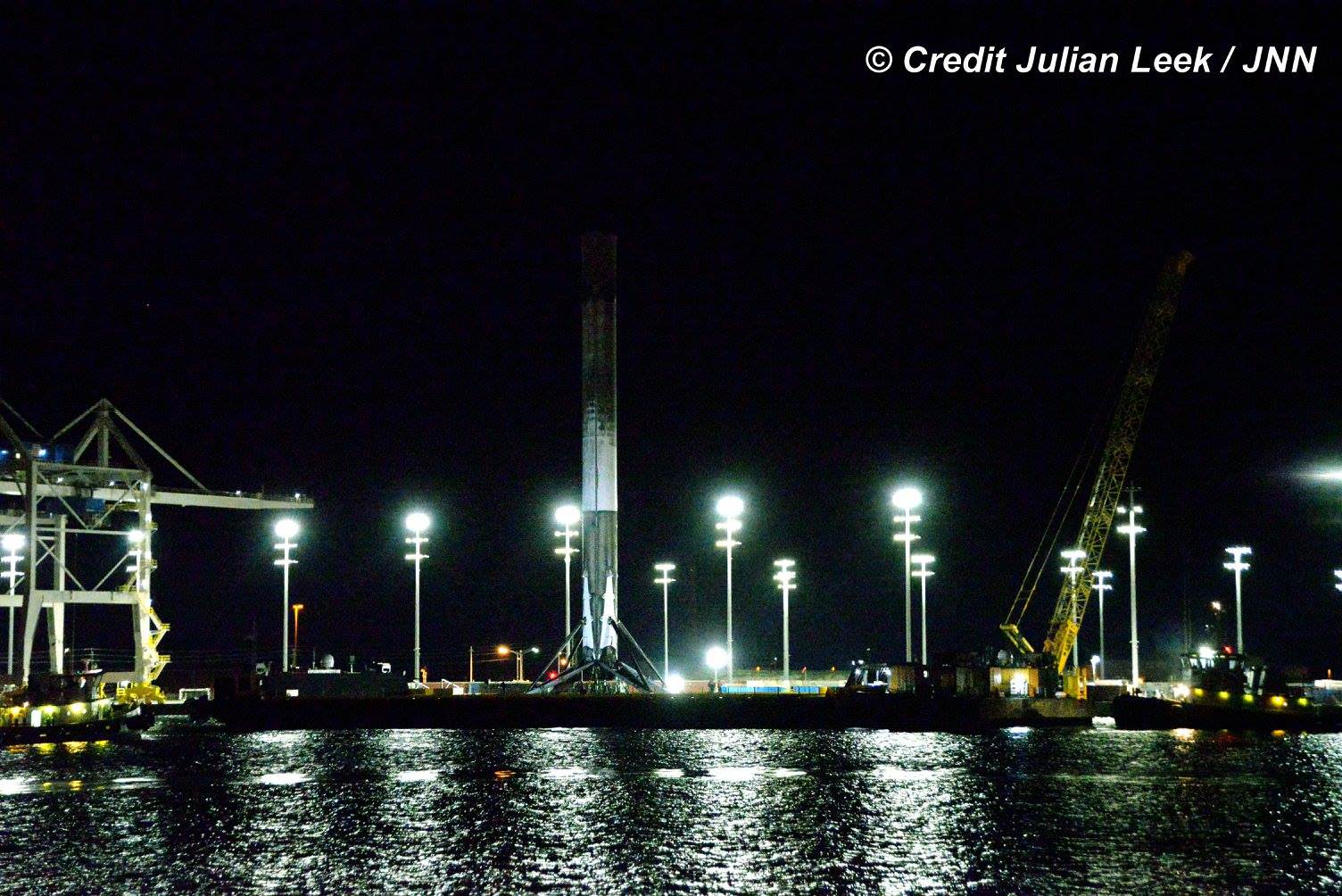
The 156 foot tall booster safely soft landed on the drone ship named “Of Course I Still Love You” or “OCISLY” barely nine minutes after liftoff of the SpaceX Falcon 9 last week on a mission to deliver the Japanese JCSAT-14 telecom satellite to a Geostationary Transfer Orbit (GTO).
The upgraded SpaceX Falcon 9 soared to orbit on May 6, roaring to life with 1.5 million pounds of thrust on a mission carrying the JCSAT-14 commercial communications satellite, following an on time liftoff at 1:21 a.m. EDT from Space Launch Complex 40 at Cape Canaveral Air Force Station, Fl.
The first stage then carried out a propulsive soft landing on the ocean going platform located some 400 miles off the east coast of Florida.
To date SpaceX has recovered 3 Falcon 9 first stages. But this was the first one to be recovered from the much more demanding, high velocity trajectory delivering a satellite to GTO.
The first rocket was flying faster and at a higher altitude at the time of seperatoin from the second stage and thus was much more difficult to slow down and maneuver back to the ocean based platform.
Thus SpaceX officials and CEO Elon Musk had been openly doubtful of a successful outcome for this landing attempt.
“First landed booster from a GTO-class mission (final spacecraft altitude will be about 36,000 km),” tweeted SpaceX CEO and founder Elon Musk.
The commercial SpaceX launch lofted the JCSAT-14 Japanese communications satellite to a Geostationary Transfer Orbit (GTO) for SKY Perfect JSAT – a leading satellite operator in the Asia – Pacific region.
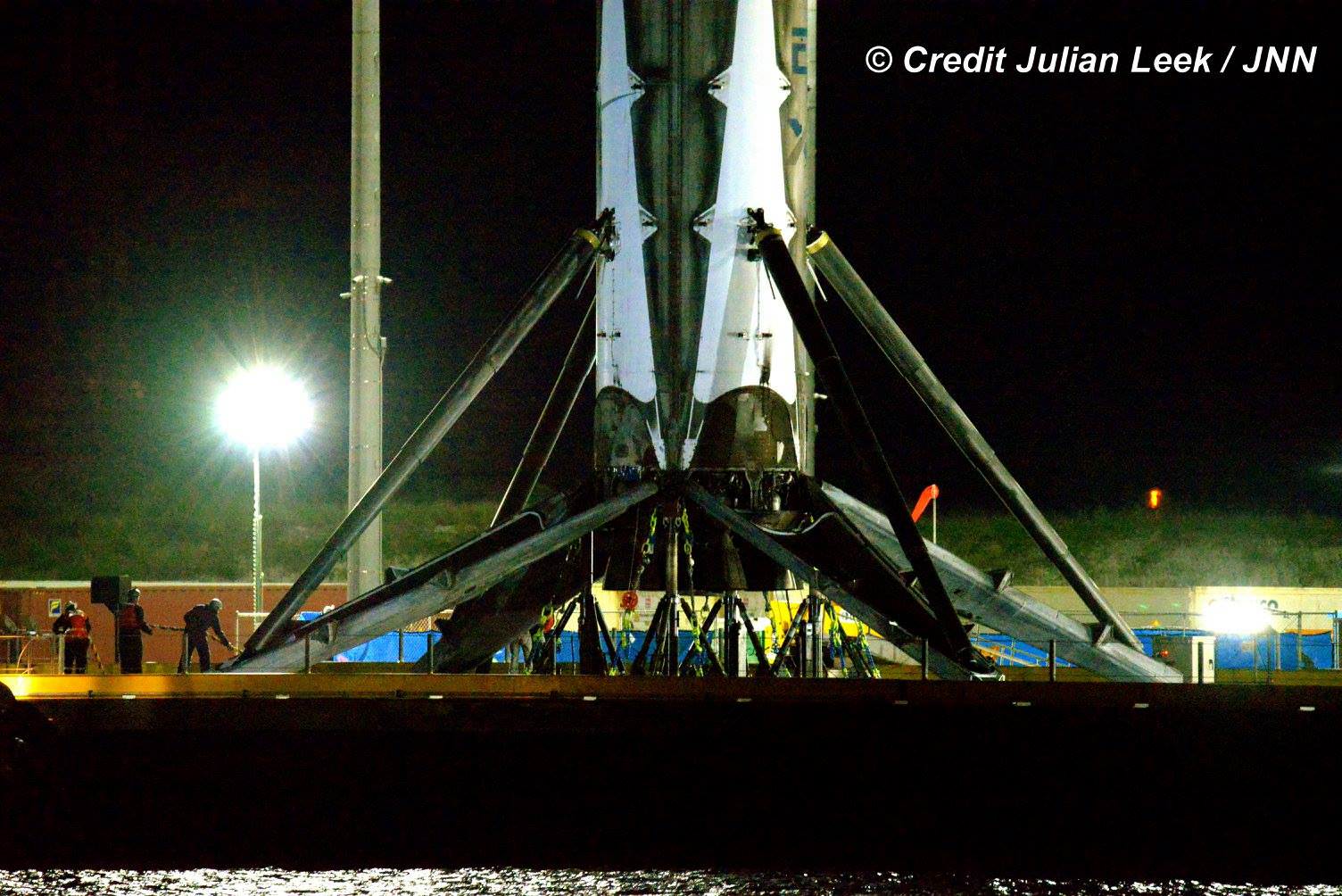
The landing counts as another stunning success for Elon Musk’s vision of radically slashing the cost of sending rocket to space by recovering the boosters and eventually reusing them.
The next step is to defuel the booster and remove the landing legs. Thereafter it will be tilted and lowered horizontally and then be placed onto a multi-wheeled transport for shipment back to SpaceX launch facilities at Cape Canaveral for refurbishment, exhaustive engine and structural testing.
The newly recovered first stage will join a fleet of two others recovered last December and in April.
“May need to increase size of rocket storage hangar,” tweeted Musk.
If all goes well the recovered booster will eventually be reflown.
The next SpaceX commercial launch is tentatively slated for the late May/early June timeframe.
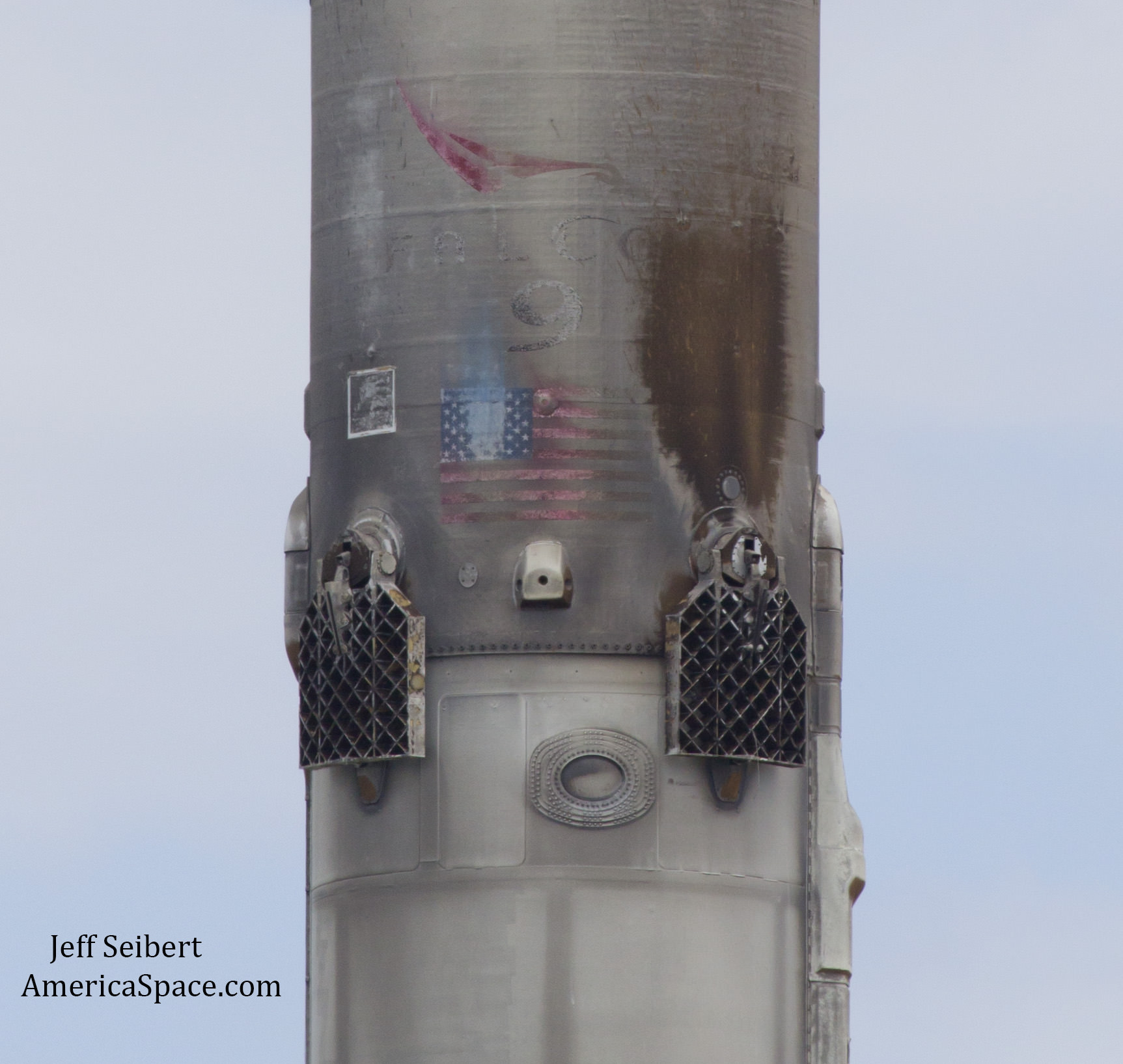
Stay tuned here for Ken’s continuing Earth and planetary science and human spaceflight news.
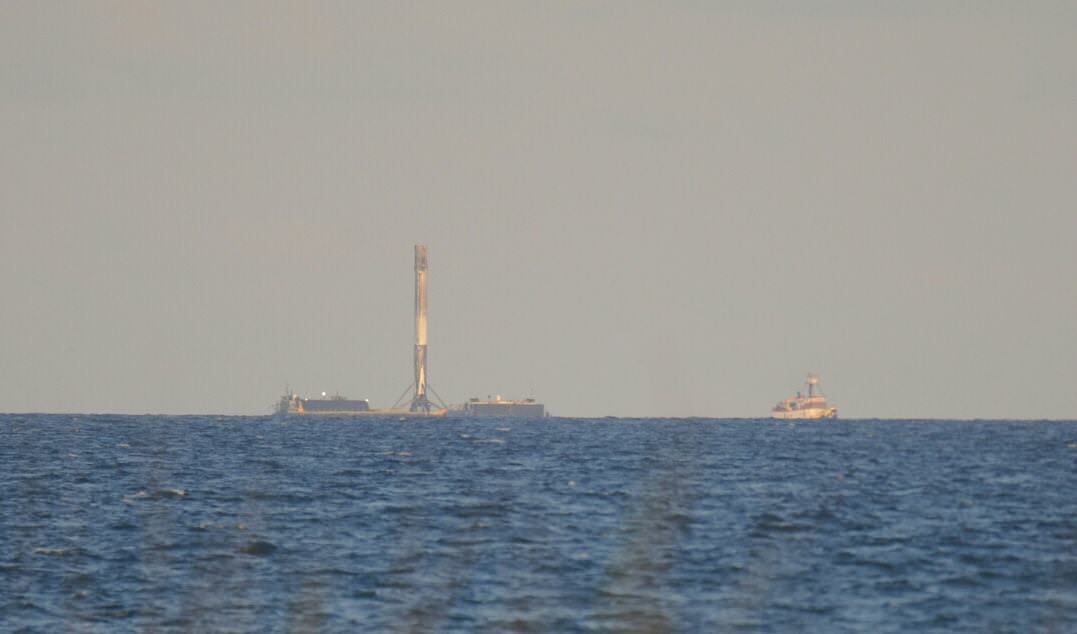
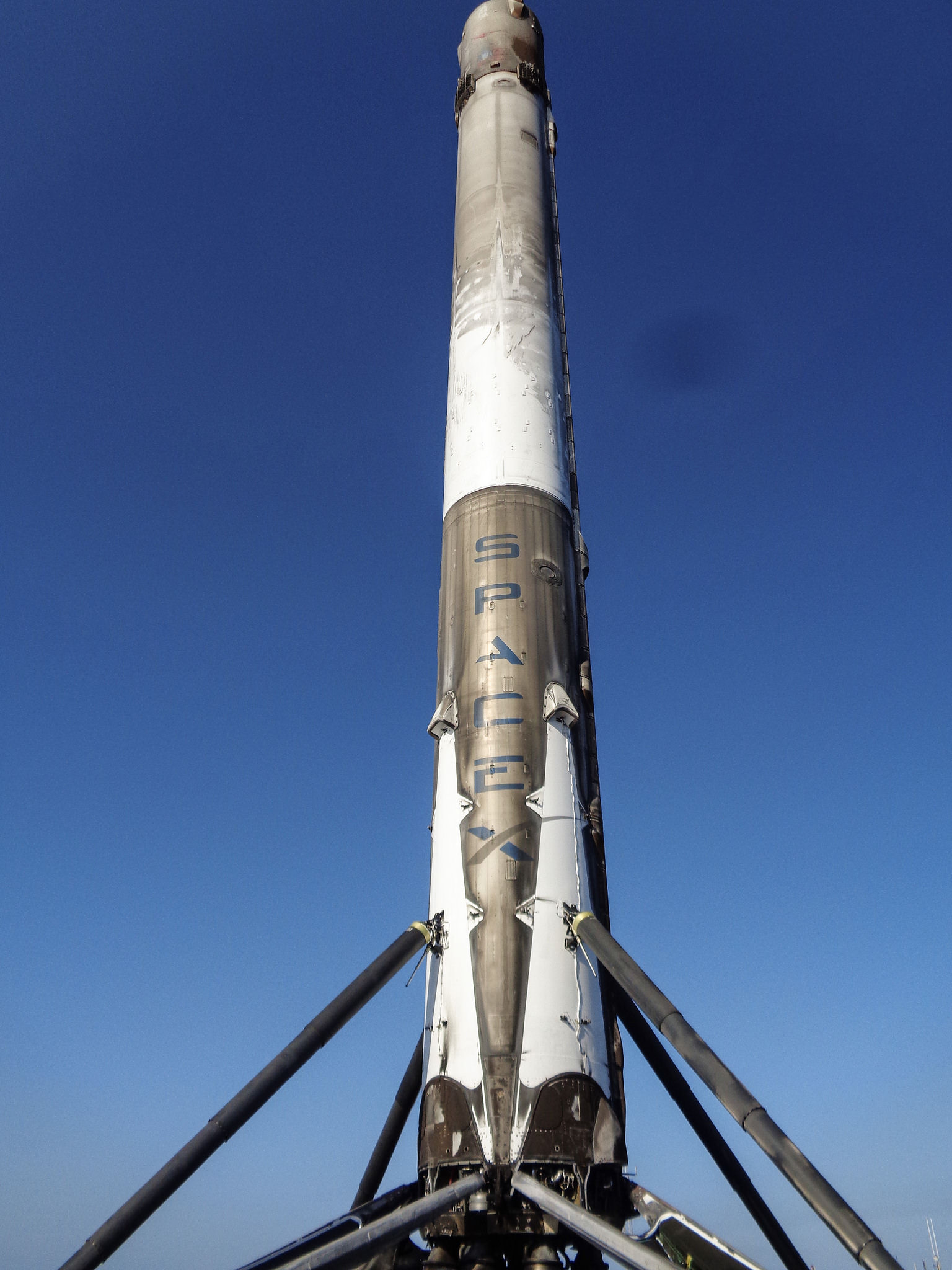
Video caption: SpaceX Falcon 9 launch of JCSAT-14 on May 6, 2016 from Space Launch Complex 40 at Cape Canaveral Air Force Station, Fl. Credit: Ken Kremer/kenkremer.com

For the headline writer – Amazing, no. Interesting, yes.
I quit my office-job and now I am getting paid 99usd hourly. How? I work-over internet!. My old work was makingg me miserable, so I was forced to try-something different. Two years after…I can sayy my life is changed-completely for the better! Check it out what i do….L98
=== http://www.PayAbility70.com
This probably wasn’t intentional: ‘after most of the cruise [sic] had departed’ (I’m sure you meant “crew”, right?)
This probably refers to the cruise ships which harbor in Port Canaveral to avoid their wake disturbance to the landing platform.
I believe it’s also for the safety of the cruise ships and their passengers: the recovered Falcon still has enough fuel on board to make a satisfying “bang” if something were to go wrong during the barge/pedestal transfer. So, waiting for the cruise ships to clear the port is safer all around.
Without a heat shield, why dont these stages burn up on reentry?
Because it never achieves orbit in the first place (stage 2 does that bit)
It’s the first stage and only at about 8,000 km/h at its main engine cutoff. Compare to low earth orbital speeds closer to 28,000 km/h.
It is an approach called supersonic retropropulsion, which is a significant achievement all of its own. The SpaceX webcast hosts try to explain this in simple terms during the launch program, but the significance gets lost. This thermal imaging video by NASA might give a better picture of what’s going on: https://www.youtube.com/watch?v=_UFjK_CFKgA
OHEMGEETHATWASSOAMAZINGIPEEDMYPANTS!!!11!11~~
Wow, can you also see the selfie of the man waving for help? Obviously he is a prisoner on the space station and stuck the print onto the rockets shell. Kinda weird, but we all know that strange things are going on in space…